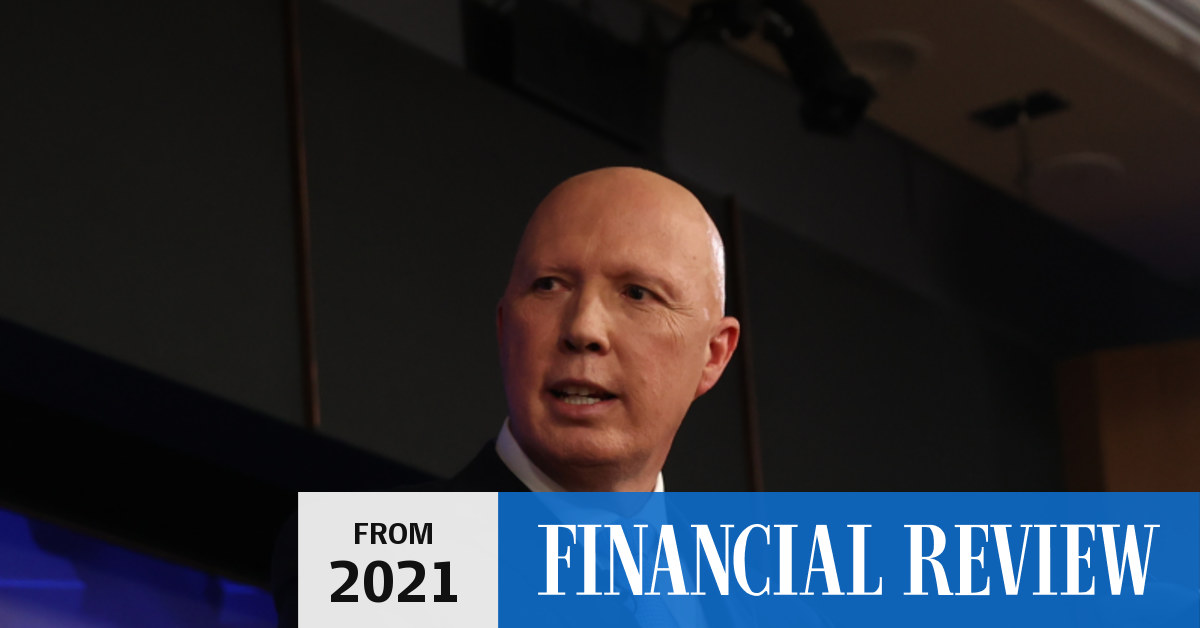Size probably isn't the key factor.
Crewing probably is, over the life of the ship, in pretty much any modern western nation, the crewing costs will far exceed procurement platform costs. It is fairly easy to allocate budget to build or buy, much harder to recruit, train, retain, crew. Particularly as the RAN and the ADF are expanding in other areas.
Australia isn't particularly/overtly concerned with costs of things like steel, labor to manufacture, fuel, engines, combat systems, radars, and soon missiles etc. Many of these things can be supplied locally, and across the fleet. There is a priority for endurance and range as those have significant effects on availability, operation and projection of power.
The A140 is particularly attractive due to its potential low crewing and its ability to carry sizable arms like a 5", 32VLS, 8 x antishipping missiles, torpedo's and CIWS (although no longer a minimally crewed frigate).
With Corvettes, crewing quickly escalates, why have a 2000t corvette with a crew of 80-90 with a crew of a 90 gets to Mogami, or 100 could get you into a A140. The A140/Type31 also has the advantage of a RN crew pool to assist training or pilfer/lateral recruit off.
Niche capability in the RAN still means 3 ships minimum (1 continuously deployed), with 6 or more being preferred. So the question comes up where do we crew these from? Do we build less of something else, to build more of these?
The argument for them is the one that is being hammered by ASPI. Henderson/Osborne could likely build these. They would create new VLS in ships in less than 10 years. Possibly.
I would say locally the government is coming under increased pressure to deliver, something, projected within the next 10 years. There are some harsh words being put on Dutton via the media at the moment.
The politician’s tough talk on China underscores the growing importance of the defence portfolio - traditionally a ministerial graveyard.

www.afr.com
Former US president Theodore Roosevelt famously made the phrase “Speak softly and carry a big stick” the central tenet of his foreign policy: an emphasis on quiet diplomacy backed with military might.
Since becoming Defence Minister in March, Peter Dutton has flipped that on its head, talking up the threat posed by China despite carrying a comparative twig.
Dutton is a likely successor to ScoMo. Since moving into defence, his image has improved. But not if things don't start appearing. Not fully staffing the Nuclear taskforce and having no good news initiatives to announce running into an election put them into a bit of a bind. Tillets piece outlines areas that there will be much more press on. The lack of confirmed ship building projects "in the pipe" is also a concern for SA/WA as well as defence concerned voters. its all fixable, but the environment in Australia political, is getting aggressive. With the Election, shadow minsters will start attacking minister portfolios.
I know in many western countries defence spending is unsexy. That isn't the case in Australia. On the announcement of AUKUS and nuclear submarines, a huge shift in policy, the biggest backlash was "where is the tangible outcome to this announcement". The electorate didn't really care about upsetting France, or the EU (and our still non-existent FTA). Or nuclear questions. Or the expense. None of that is a deal breaker.
While DT is probably more than a little biased toward defence, with China openly stating in the Australian press it wants to "
Crush Australia". The threats are no longer just theoretical. The voters want to see more than just tough talk, they want action.

